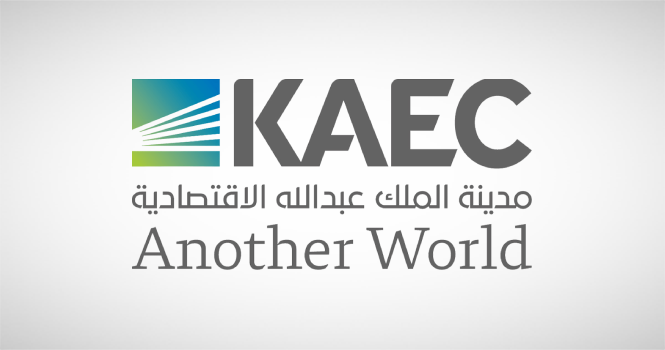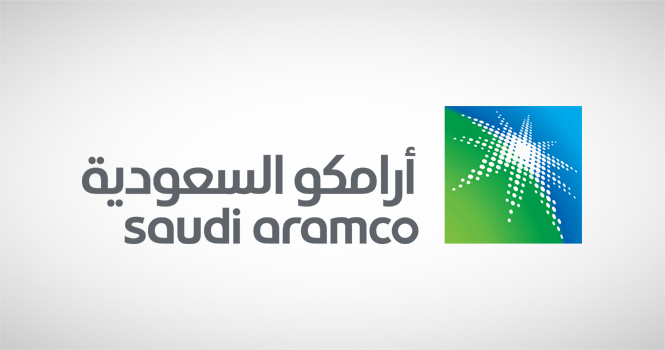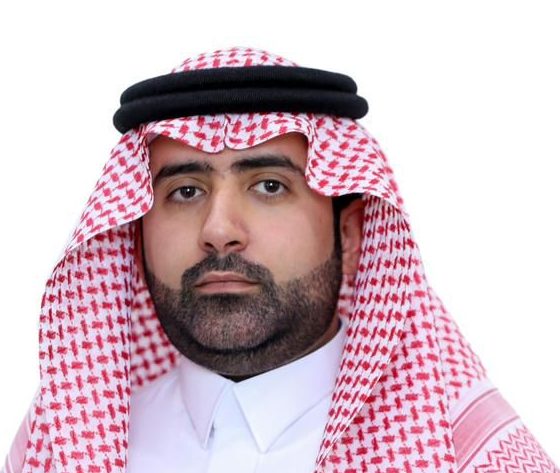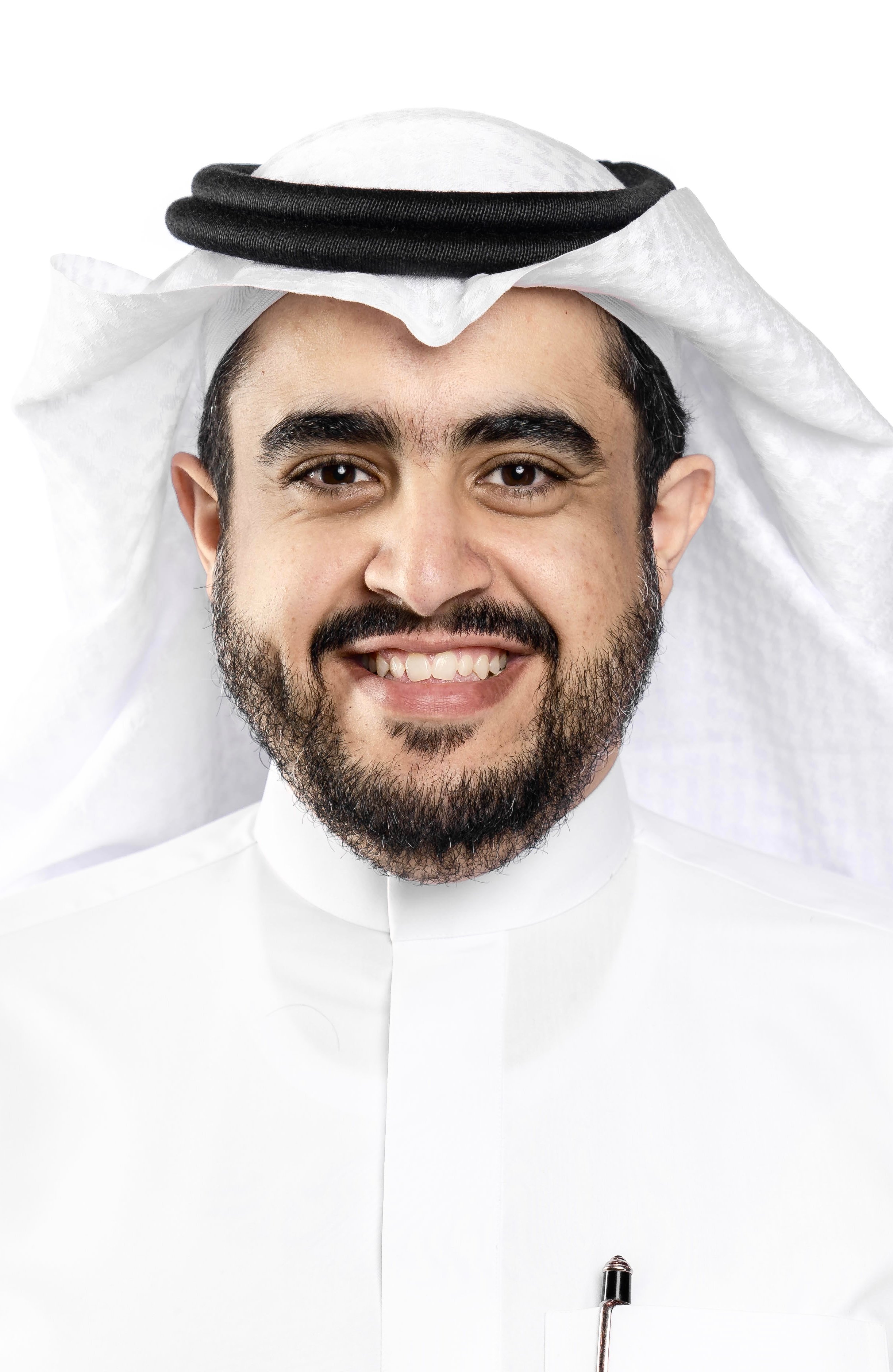Publisher: Maaal International Media Company
License: 465734
Emaar the Economic City Records Losses of SR827 mln at End of 2021, down 34%
Emaar the Economic City recorded losses after zakat and tax of SR827 million during the year 2021, compared to a loss of SR1.24 billion in the year before last, a decrease of 34%.
This came after Emaar announcement on Wednesday of the annual financial results ending on 31.12.2021.
The operational loss in the current period amounted to SR690 million, compared to a loss of SR1.04 billion in the year before last, a decrease of 34%.
اقرأ المزيد
The total loss amounted to SR110 million in the current period, compared to a loss of SR319 million in the year before last, a decrease of 66%.
The loss per share amounted to SR0.73 in the current period, compared to a loss of SR1.47 in the year before last.
The reason of the increase (decrease) in the net profit during the current year compared to the last year is:
Net loss for FY-2021 is SR -827 million as compared to the net loss of SR -1,248 million in the corresponding year. Key factors impacting the net results for the current year are summarized below:
- EEC Group has reported a gross loss of SR -110 million during 2021 which represents decrease in gross loss by SR 208.6 million (65%) as compared to the gross loss of SR -319 million for the corresponding year. The variance is mainly due to the followings:
- Projects’ gross loss decreased by SR48.6 million, from gross loss of SR -77 million (2020) to SR -28.6 million (2021) mainly due to the following factors:
- Projects’ gross loss decreased by SR48.6 million, from gross loss of SR -77 million (2020) to SR -28.6 million (2021) mainly due to the following factors:
- The above impact on project gross loss during 2021 is offset by:
- Decrease in impairment loss by SR 98.9 million (SR 38.7 million in 2021 vs SR 137.6 million in 2020)
- Changes in cost estimates resulted in decrease in gross profit by SR 113.8 million during 2020, whereas no changes in cost estimates were observed during current year.
- Operation’s gross loss decreased by SR 160 million from gross loss of SR -242 million (2020) to SR -82 (2021) mainly due to the following factors:
- During last year, the group recorded a provision of SR 55 million as a refurbishment cost in respect of Marina 3 building; and
- During last year, the group recorded an impairment of SR 97 miilion in respect of the various operating assets. However, no such provisions were recorded during current year.
- Decrease in financial charges by SR72 million is mainly due to the following:
- Due to conversion of part of MOF loan into equity during 2021 resulted in reduction in finance charges by SR16 million (with effect from date of conversion, i.e. 26 September 2021);
- Decrease in financial charges by SR48 million mainly due to decrease in the average SIBOR rate from 1.57% (2020) to 1.03% (2021) pertaining to EEC outstanding loans and other financing facilities by SR43 million; and
- During last year, a portion of IV 3C plots was transferred from Investment properties “IP” to development properties “DP”. Accordingly, the related capitalized borrowing cost amounting to SR8 million was charged to P&L during 2020, in line with the requirement of IAS 23 “Borrowing costs”.
3) Decrease in impairment loss by SR106 million due to the following:
- Decrease in impairment provision on account receivable by SR39.9 million during the current year. This provision is calculated using Expected Credit Loss (ECL) model as required under “IFRS 9” against receivable balances of leasing, utilities and service charges.
- During the year, the Group recorded an impairment loss on operating assets amounting to SR15.6 million on sales centre as compared to impairment loss of SR81.6 million recorded in 2020 in respect of various projects.
4) Decrease in general and administration cost by SR27.3 million mainly due to various cost optimization measures taken during 2021, including reduction in employee costs
5) Decrease in depreciation expense by SR11 million mainly due to certain assets being fully depreciated prior to 2021 and reduced depreciation from impairment recorded during 2020.
6) Decrease in zakat charges by SR24 million mainly due to changes in Zakat base for FY 2021.
7) The above positive impacts are partially offset by decrease in other income amounting to SR25.3 million mainly due to the following:
- Reduction in donation income during 2021 from Lockheed Martin (LM) against EKC losses by SR12.4 million, due to exhaustion of the LM donation pool during 2021; and
- Reduced income from lease settlements during 2021 as compared to 2020 by SR11 million.
In addition to the above, the group’s other comprehensive income Increased by SR 59.4 million from Loss SR -10.6 million in 2020 to SR48.8 million profit in 2021. This is mainly due to positive change in revaluation of interest rate swap arrangements made by Port Development Company (PDC) amounting to SR41.3 million (2021: SR -14.1 million). This positive impact is mainly due to the fact that the original loan taken by PDC is reaching to its maturity.
The main causes of these accumulated losses are as follows:
Under Saudi Organization for Certified Public Accountants (SOCPA) accounting framework, EEC had a positive retained earning balance of SR16.8 million as at 31 Dec 2015. During 2017, SOCPA made it mandatory for listed companies to adopt the International Financial Reporting Standards (IFRS) retrospectively with effect from 01 Jan 2016. Due to the switch from SOCPA accounting framework to IFRS, positive retained earnings got converted into accumulated losses of SR1.4 billion as of 01 Jan 2016, mainly due to change in impairment testing methodology of operating assets and change in revenue recognition policy. However, part of the accumulated losses pertaining to revenue recognition was reversed in subsequent periods in line with the projects progress.
Under Saudi Organization for Certified Public Accountants (SOCPA) accounting framework, EEC had a positive retained earning balance of SR 16.8M as at 31 Dec 2015. During 2017, SOCPA made it mandatory for listed companies to adopt the International Financial Reporting Standards (IFRS) retrospectively with effect from 01 Jan 2016. Due to the switch from SOCPA accounting framework to IFRS, positive retained earnings got converted into accumulated losses of SR 1.4 billion as of 01 Jan 2016, mainly due to change in impairment testing methodology of operating assets and change in revenue recognition policy. However, part of the accumulated losses pertaining to revenue recognition was reversed in subsequent periods in line with the projects progress.
The company will apply the procedures and instructions issued by the Capital Market Authority for companies listed on the Saudi Stock Exchange, whose accumulated losses amounted to more than 20% of its share capital.
In addition to the above, the general trend of the KAEC real estate market during preceding years remained subdued which affected the pricing and payment terms trends and hence the revenue recognition and profitability of this sector. While we consider that this current situation coupled with COVID 19 impact would prevail in the short term, we remain optimistic for the longer term due to the various government initiatives aimed at stimulating the economic cities development, will accelerate the attraction of new business sectors. It is also worth mentioning that declining Saudi Arabian Interbank Offered Rate (SAIBOR) would contribute in reducing the financial charges of the Company. Moreover, cost optimization measures taken during the current year also contributed to savings in general and administrative expenses.
In addition to the on-going real estate market challenges being faced by the Company, KAEC is an economic city development whereby the Company not only invests a substantial amount on the development of city infrastructure such as city roads, bridges, sub-stations, water & sewage plants, telecom infrastructure etc. but also incurs cost for operation and maintenance of the city infrastructure. Furthermore, the Company also invests in the city essentials such as education, healthcare, hospitality, leisure to serve the growing needs of the city population. This naturally results in considerable amount of depreciation along with the initial operating losses related to these assets which affect the Company’s profitability in shorter term, but these investments have helped achieve the strategic objectives of KAEC as a great enabler for socio economic transformation in Saudi Arabia.
From a value standpoint, the Company has invested in the development of King Abdullah Economic City approximately SR18 billion in equity and funding since inception which has created approx. 7x value to the investment properties as disclosed in the audited financial statements for the year ended 31 Dec 2021. This value will be unlocked by additional investment on strategic projects both by the Company and the third-party developers, to create jobs and footfall, up to a certain point beyond which KAEC will have organic growth and hence yield long awaiting great returns for its shareholders. In the same subject, it is worth mentioning that the board of directors approved the interim strategy for the company, as well as the budget for 2022 with a vision to position KAEC as a “Vision Ready” platform for projects and initiatives supporting vision 2030, with a clear competitive advantage for KAEC over other potential locations.
From liquidity management perspective, during 2020, the group managed to restructure one of the outstanding loan facilities amounting to SR1.7 billion with repayment after a grace period of 3 years, from 2023 to 2030 and also signed a revised facility agreement to restructure a working capital facility amounting to SR 170 million into a medium-term loan facility.
During the current year, the group has signed a revised facility agreement with a commercial bank for the outstanding facility amounting to SR537.5 million. Consequently, the principal amount is repayable after a grace period of 3 years, from 2023 to 2029.
Subsequent to year ended on 31 December 2021, the group has signed revised facility agreement with another commercial bank for restructuring of outstanding facility amounting to SR 976.25 million and accordingly, the principal amount is repayable after a grace period of 3 years from 2023 to 2029. A part from this, the group is actively pursuing rescheduling of its remaining outstanding debts classified under current liabilities.









